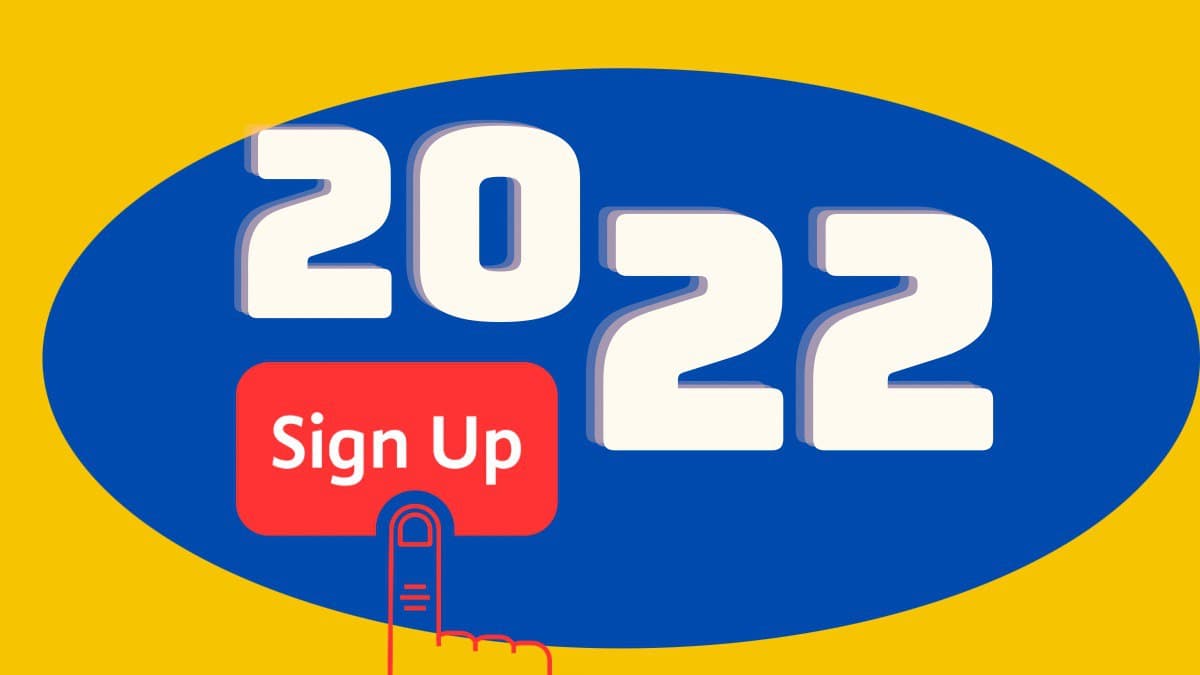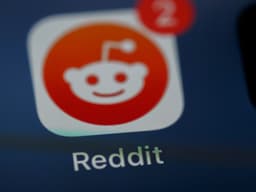
The year 2022 in subscriptions and memberships: we might have hit peak subscription
Subscriptions remained a top priority for most publishers, though many realised the growth is slowing down significantly
The Fix Newsletter
Everything you need to know about European media market every week in your inbox
138 articles • 0 Followers










